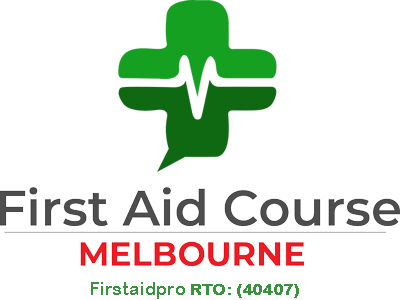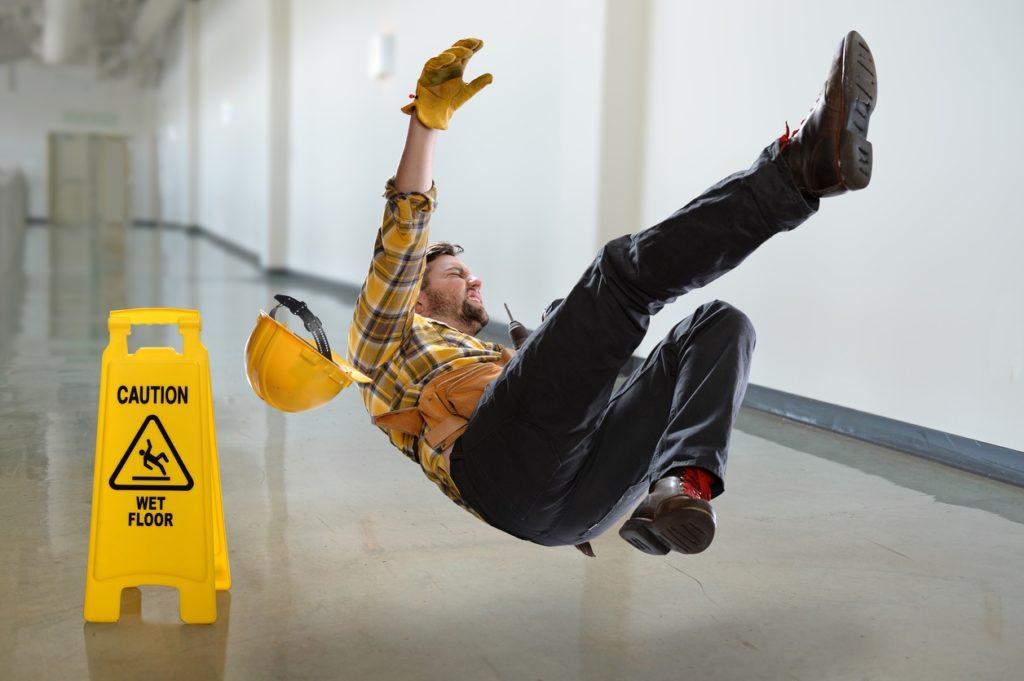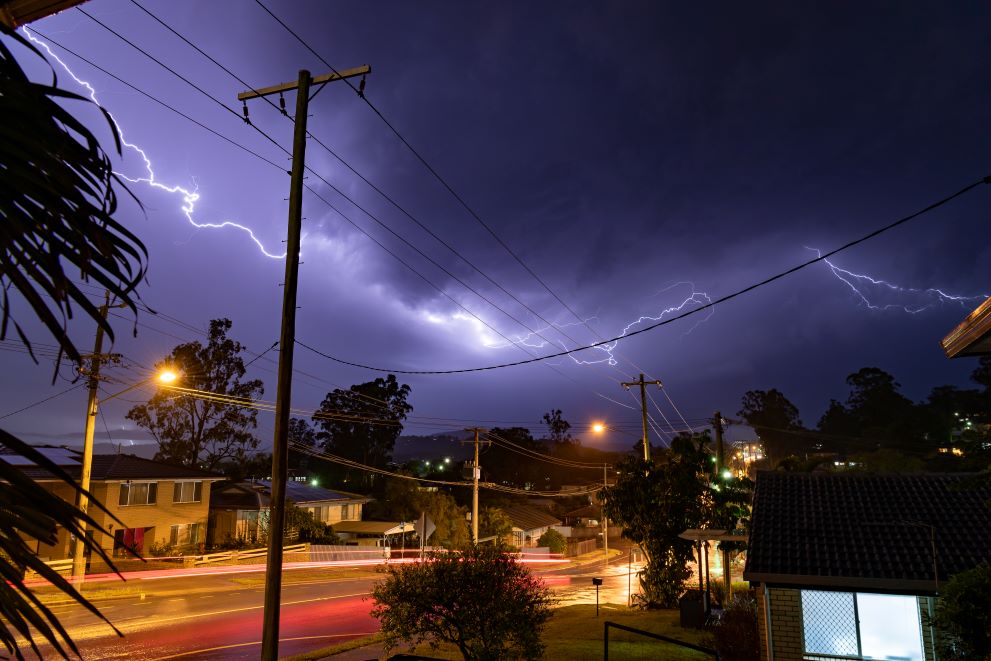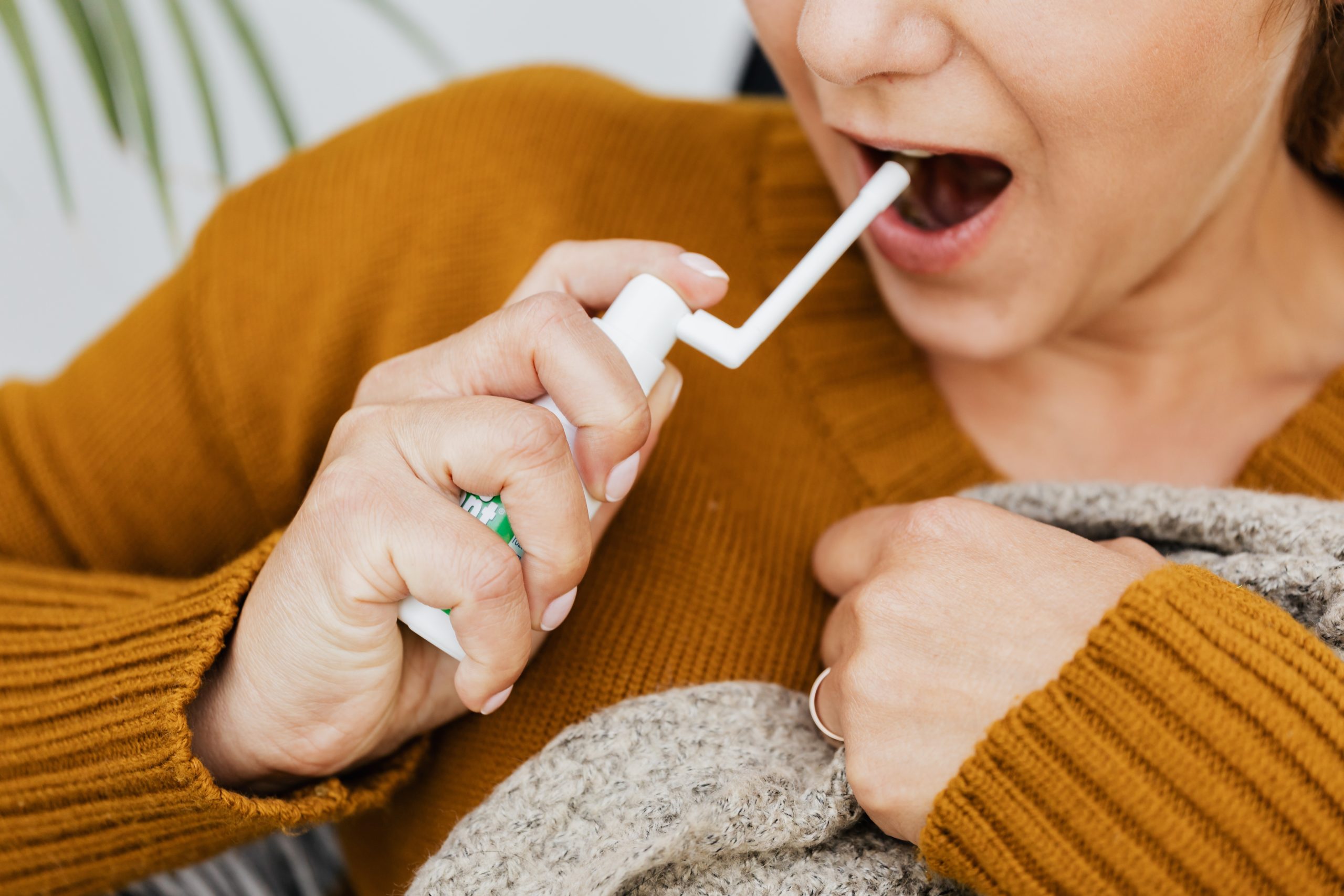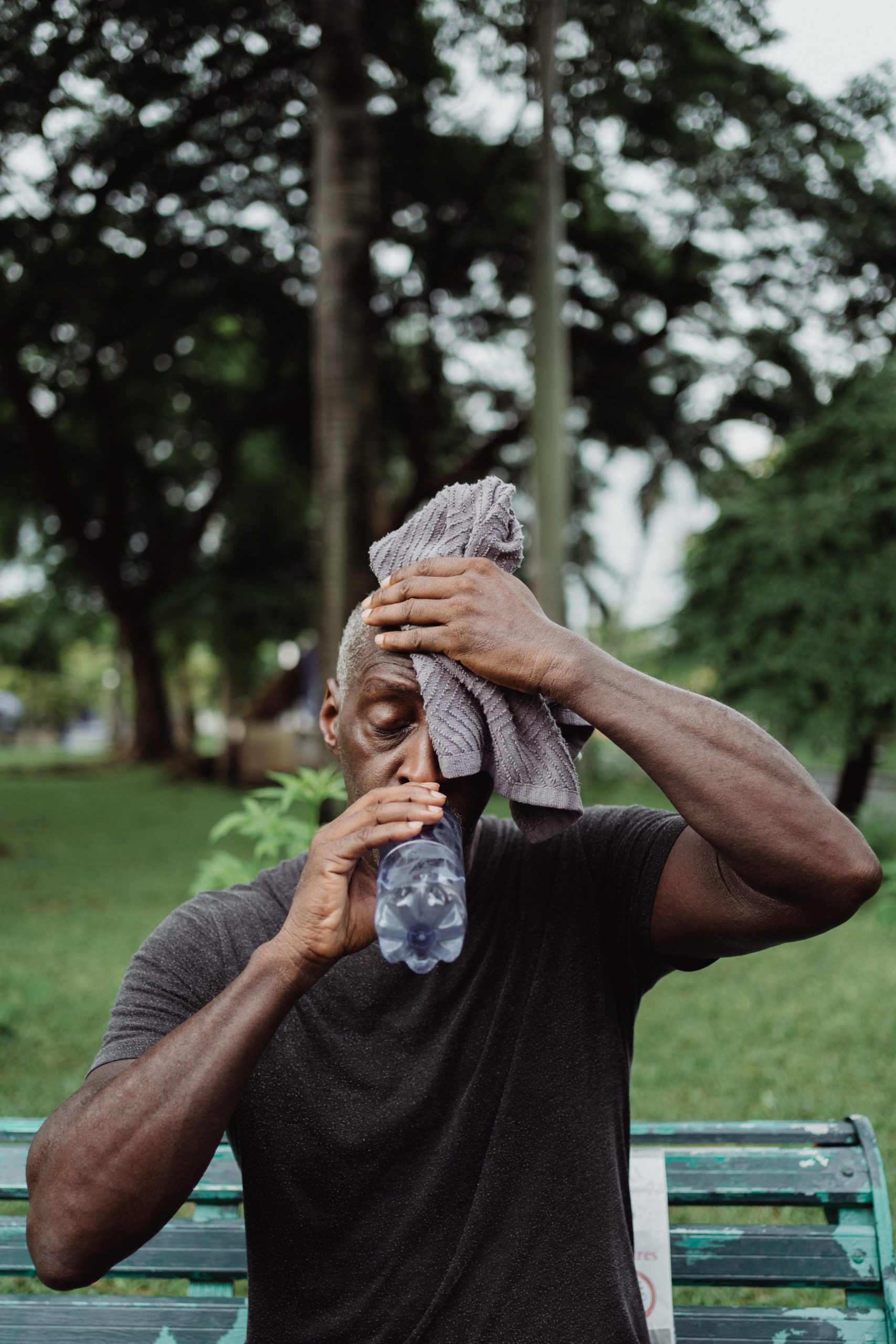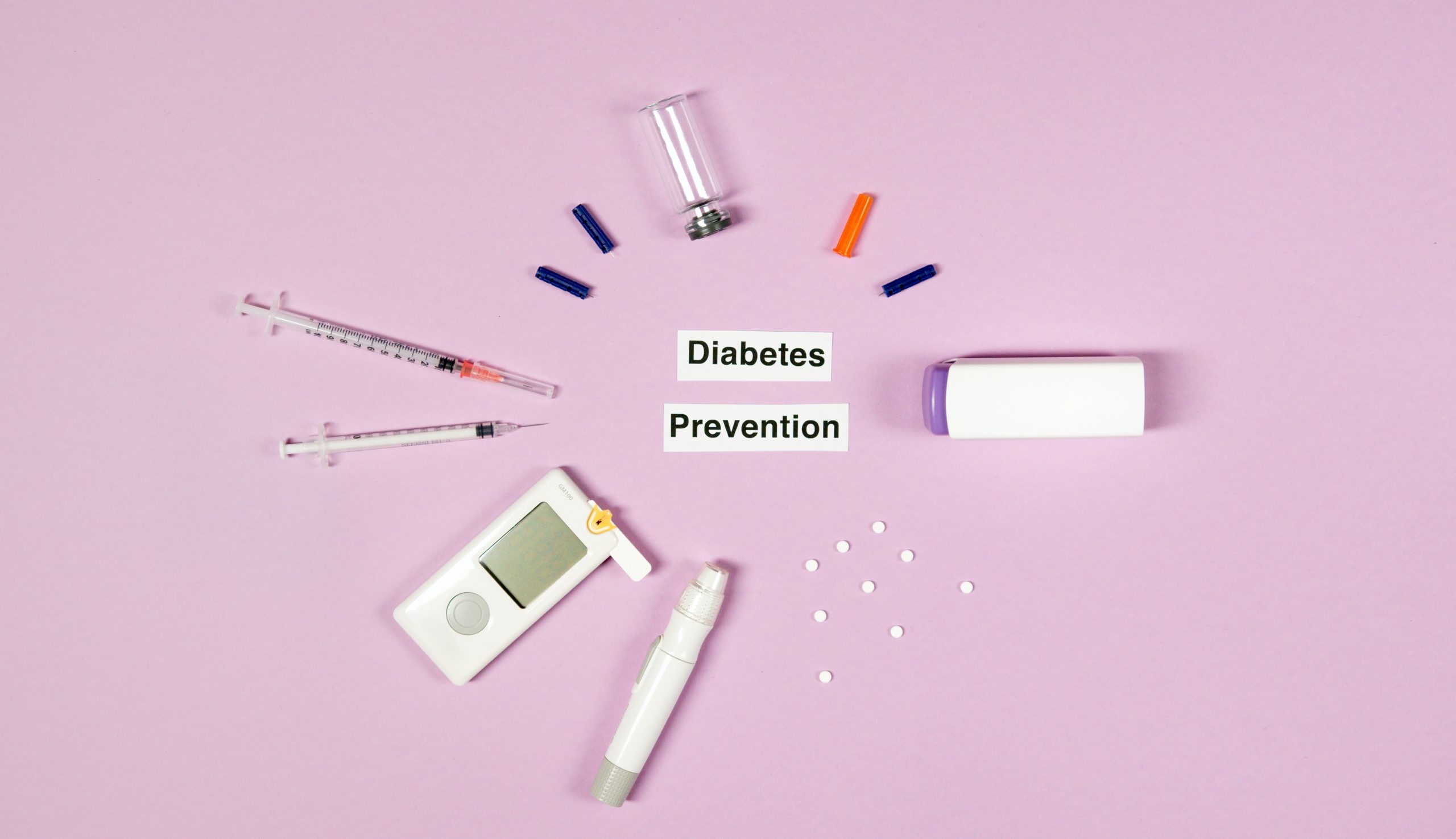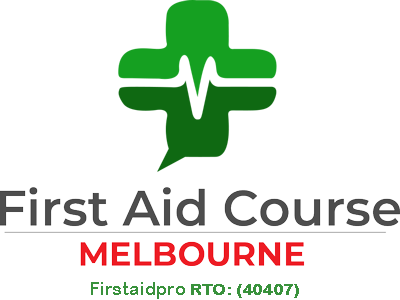We all like to think of our homes as sanctuaries of comfort and security, but the truth is, there is a wide array of hazards lurking around our homes. In fact, one-third of reported cases of injuries occur in Australian households, often involving accidental injuries among children and the elderly.
The Home Safety Council (HSC) research shows that unintentional home injuries result in nearly 21 million medical visits each year – the equivalent to $220 billion in medical costs. There are also records of 20,000 deaths, 2000 of which are children.
Keeping your family safe starts with giving them a home that is safe to live in. To kick start your personal awareness of home safety, the first step is to educate yourself on common safety hazards present in an everyday home.
Here are five of the most common household safety hazards with corresponding First Aid tips to make sure you are on top of your game in keeping your family safe.
Falls
The simplest of hazards can end up being one of the worst. In fact, falls are the leading cause of home injury deaths both for young children and adults. One in every three people suffers a fall that causes moderate or severe injury and increases the risk of death.
To prevent falls, stabilise staircases and install supports to assist family members. Also, keep the place clear of debris or anything you can trip over.
Poisoning
Poisoning is the second leading cause of deadly accidents in the home, taking about 5,000 lives every year. This safety hazard is most common in young adults and middle-aged people. Poisoning is often caused by unsafe storage of medications and improper mixing of drugs.
Reduce the risk of poisoning by keeping all the drugs and toxic material in a safe place and out of the prying hands of the children.
Fire and Burns
Residential fires and burns are the third leading cause of accidental home injury deaths, claiming more than 3,000 lives a year. An unattended iron, candles, and other fire hazards could lead to an accidental fire in the household.
To prevent fires from escalating, religiously check if appliances are in good working order and have plenty of working smoke alarms. Also, learn how to use a fire extinguisher to stop the fire in its early stages.
Airway Obstruction
Obstructed airway injuries (choking, suffocation, and strangulation) are the fourth leading cause of unintentional deaths in the home. It claims about 1,000 fatalities every year, mostly young children below 2 years of age.
To minimise the risk, pay special attention during their meal and playtime as it is very easy for kids to choke or suffocate on little things. Monitor their food, toys, and keep dangers out of reach.
Drowning
Water-related injuries, particularly drowning, are the leading cause of death in children ages 1 to 4. Water is considered a high risk to children as they can drown in as little as 2 inches of water.
To eliminate the risk of drowning, do not lose sight of your children during their bath time. NEVER leave them unattended in a bathtub or any place with a water source.
Nothing is more important than the safety of our family members. This blog is just an overview of what you need to know to make your house safe.
We hope this sparks your awareness of home safety and gives you some useful tips to keep these hazards from hurting your loved ones.
Learn First Aid and be prepared for unwanted emergencies. Enrol in one of our First Aid Courses in Melbourne and learn the DRSABCD, how to perform CPR, and use AED.
